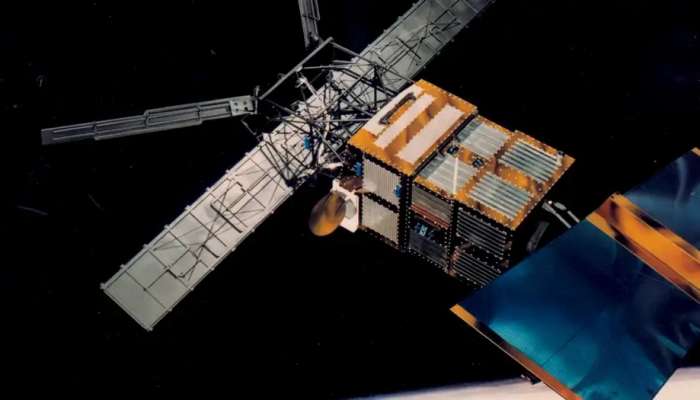
Paris: A European satellite that was launched in 1995 to observe Earth and ended its mission 13 years ago is to fall back down to our planet on Wednesday, according to the European Space Agency (ESA).
The 2.5-metric-tonne satellite has been deliberately brought down gradually since becoming unoperational to avoid creating yet more space junk in Earth orbit that could pose a threat to active satellites and the International Space Station.
Although it is not yet known where any debris that survives the fiery re-entry into Earth's atmosphere will land, ESA experts say there is almost no chance of humans coming to harm.
Debris from the satellite is predicted to fall somewhere over the east coast of central Africa.
According to data acquired on February 20, the ESA's Space Debris Office predicts the re-entry will occur around 1532 GMT on Wednesday, though it says that estimate may be out by several hours owing to changes in the density of Earth's atmosphere caused by unpredictable solar activity.
Surviving debris will be spread out over an area that is hundreds of kilometres (miles) long and tens of kilometres wide, meaning that there is little risk of pieces falling on someone.
"The odds of a piece of satellite falling on someone's head is estimated at one in a billion," said Benjamin Bastida Virgili, an ESA space debris system engineer.
When the ERS-2, or European Remote Sensing satellite, was launched in 1995, following on from its sister satellite, ERS-1, which had been launched four years earlier, it was Europe's most sophisticated Earth observation satellite, according to the ESA.
In its 16 years of operation, the ERS-2 collected data that gave profound insights into climate change, returning information on diminishing polar ice, changing land surfaces, rising sea levels, warming oceans and atmospheric chemistry.
The satellite also monitored natural disasters, including floods and earthquakes, in remote areas of the world.
On average, around one spacecraft re-enters Earth's atmosphere every month, according to the ESA.